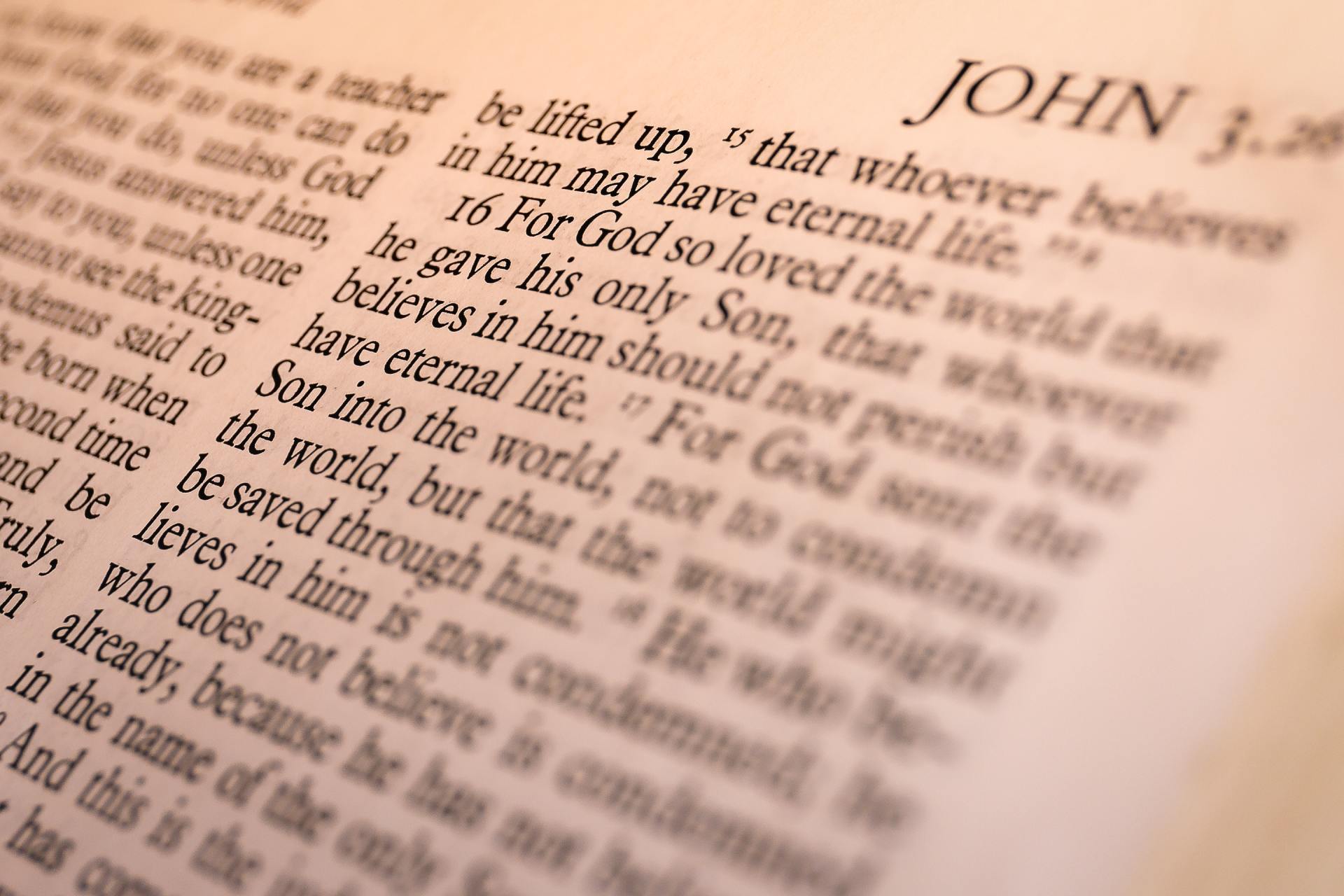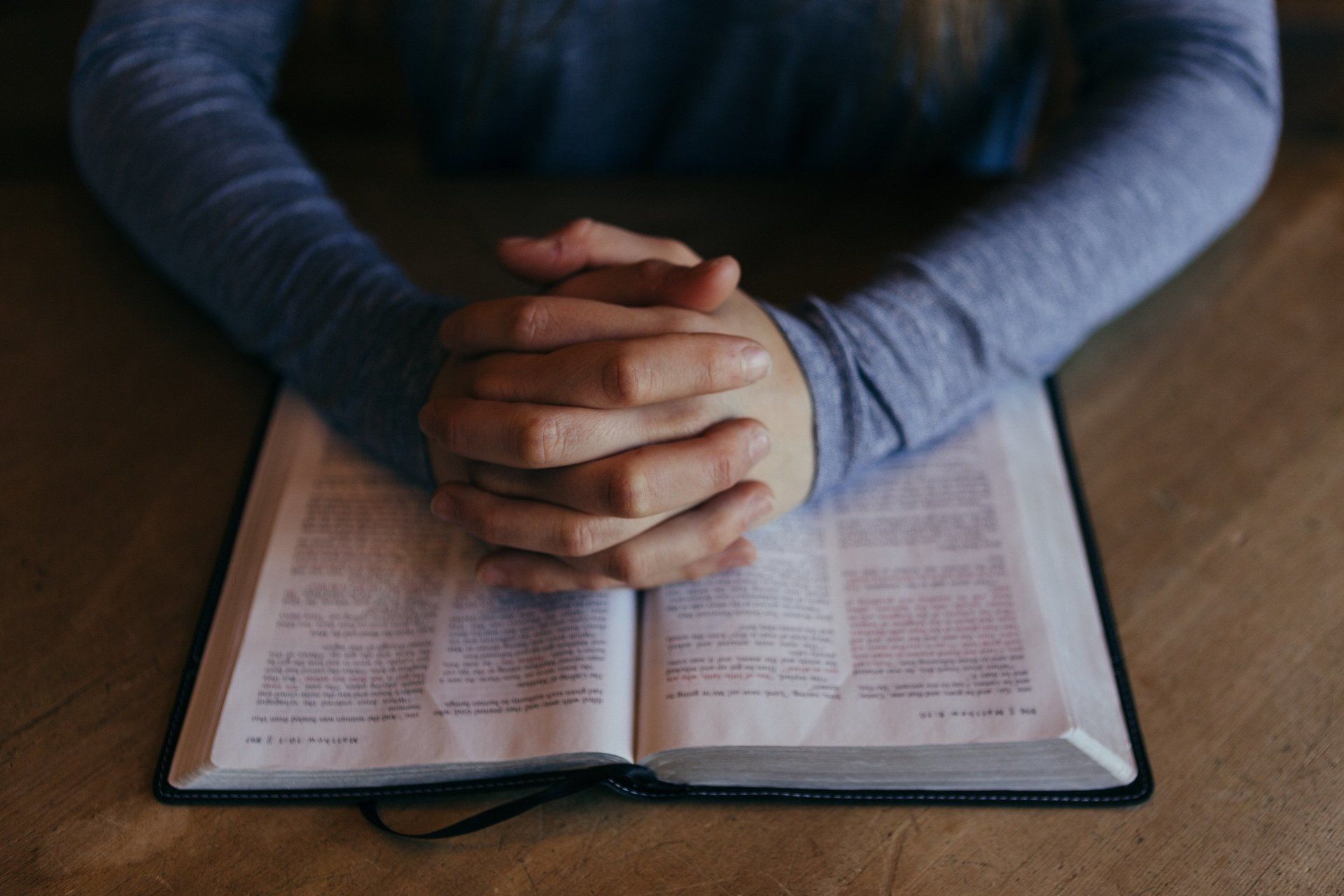Communion
The other sacraments, and indeed all ecclesiastical ministries and works of the apostolate, are bound up with the Eucharist and are oriented toward it. (CCC 1324)
The liturgical life of the Church revolves around the sacraments, with the Eucharist at the center (National Directory for Catechesis, #35). At Mass, we are fed by the Word and nourished by the Body and Blood of Christ. We believe that the Risen Jesus is truly and substantially present in the Eucharist. The Eucharist is not a sign or symbol of Jesus; rather we receive Jesus himself in and through the Eucharistic species. The priest, through the power of his ordination and the action of the Holy Spirit, transforms the bread and wine into the Body and Blood of Jesus. This is call transubstantiation.
By the consecration the transubstantiation of the bread and wine into the Body and Blood of Christ is brought about. Under the consecrated species of bread and wine Christ himself, living and glorious, is present in a true, real, and substantial manner: his Body and his Blood, with his soul and his divinity. (CCC 1413)
The New Covenant
I am the living bread that came down from heaven; whoever eats this bread will live forever;…Whoever eats my flesh and drinks my blood has eternal life and…remains in me and I in him. (John 6:51, 54, 56)
In the gospels we read that the Eucharist was instituted at the Last Supper. This is the fulfillment of the covenants in the Hebrew Scriptures. In the Last Supper narratives, Jesus took, broke and gave bread and wine to his disciples. In the blessing of the cup of wine, Jesus calls it “the blood of the covenant” (Matthew and Mark) and the “new covenant in my blood” (Luke).
This reminds us of the blood ritual with which the covenant was ratified at Sinai (Ex 24) -- the sprinkled the blood of sacrificed animals united God and Israel in one relationship, so now the shed blood of Jesus on the cross is the bond of union between new covenant partners -- God the Father, Jesus and the Christian Church. Through Jesus’ sacrifice, all the baptized are in relationship with God.
The Catechism teaches that all Catholics who have received their First Holy Communion are welcome to receive Eucharist at Mass unless sin a state of mortal sin.
Anyone who desires to receive Christ in Eucharistic communion must be in the state of grace. Anyone aware of having sinned mortally must not receive communion without having received absolution in the sacrament of penance. (CCC 1415)
The Church warmly recommends that the faithful receive Holy Communion when they participate in the celebration of the Eucharist; she obliges them to do so at least once a year. (CCC 1417)
Receiving the Eucharist changes us. It signifies and effects the unity of the community and serves to strengthen the Body of Christ.
Understanding the Mass
The central act of worship in the Catholic Church is the Mass. It is in the liturgy that the saving death and resurrection of Jesus once for all is made present again in all its fullness and promise – and we are privileged to share in His Body and Blood, fulfilling his command as we proclaim his death and resurrection until He comes again. It is in the liturgy that our communal prayers unite us into the Body of Christ. It is in the liturgy that we most fully live out our Christian faith.
The liturgical celebration is divided into two parts: the Liturgy of the Word and the Liturgy of the Eucharist. First we hear the Word of God proclaimed in the scriptures and respond by singing God’s own Word in the Psalm. Next that Word is broken open in the homily. We respond by professing our faith publicly. Our communal prayers are offered for all the living and the dead in the Creed. Along with the Presider, we offer in our own way, the gifts of bread and wine and are given a share in the Body and Blood of the Lord, broken and poured out for us. We receive the Eucharist, Christ’s real and true presence, and we renew our commitment to Jesus. Finally, we are sent forth to proclaim the Good News!
Eucharistia means thanksgiving, and the Holy Eucharist is the"source and summit of the Christian life." The Paschal mystery of Christ is celebrated in the liturgy of the Holy Mass. The Holy Mass is the principal sacramental celebration of the Church, established by Jesus at the Last Supper, in which the mystery of our salvation through participation in the sacrificial death and glorious resurrection of Christ is renewed and accomplished. The word "Mass" comes from the Latin missa, as it refers to the mission or sending forth of the faithful following the celebration, so that they may fulfill God's will in their daily lives.
The essential signs of the Sacrament are wheat bread and grape wine, on which the blessing of the Holy Spirit is invoked during the Sacrifice of the Mass, and the priest pronounces the words of consecration spoken by Jesus at the Last Supper: "This is my body...This is the cup of my blood..." (Matthew 26:26-28, Mark 14:22-24, 1 Corinthians 11:23-26).
Jesus died once on the cross in sacrifice for our sins (Hebrews 9:25-28). But Jesus is present for all time, as He is the eternal Son of God. What He did once in history also then exists for all eternity. What happened in time goes beyond time. In the heart of Jesus He is always giving Himself to the Father for us, as He did on the Cross. When we celebrate the Mass, the sacrifice of the cross, that happened once in history but is present for all eternity, that same reality is made present in mystery.
The bread and wine through Transubstantiation become the Body and Blood, Soul and Divinity of Jesus Christ, and we receive the Real Presence of Jesus when we receive Holy Communion. Our soul is nourished, helping us to become like Christ. The Eucharist is the heart and source of community within the Church. Receiving Holy Communion with others during the Mass brings unity of the Church, the Body of Christ (I Corinthians 10:16-17).
The other sacraments, and indeed all ecclesiastical ministries and works of the apostolate, are bound up with the Eucharist and are oriented toward it. (CCC 1324)





